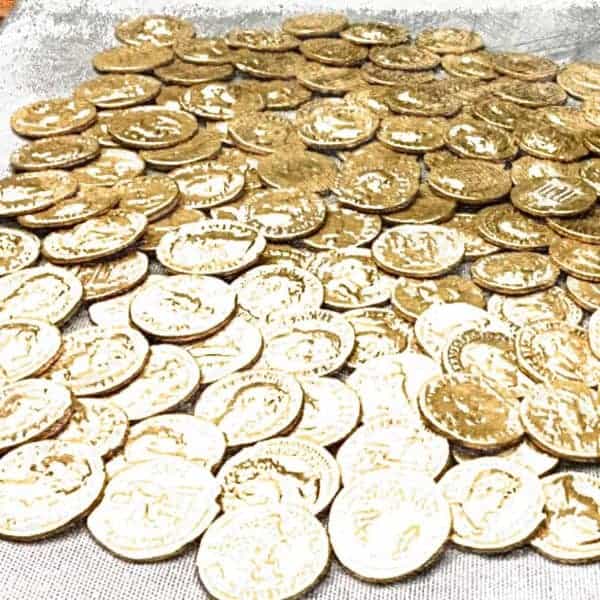“Vetted” retail investors are lining up to buy a revamped version of ICOs (initial coin offerings) called IEOs (initial exchange offerings), digital tokens “curated” by trading platforms, Bloomberg reports.
After a slew of bad press and bad results over the past few years, ICOs have largely fallen from grace, and the Securities and Exchange Commission (SEC) has tended to regard many of them as unlicensed securities.
According to Bloomberg, ICO sales figures are lately slumping:
“ICO sales peaked at $5.8 billion in June and have dropped steeply since in the wake of a U.S. regulatory crackdown and market collapse. In March, they took in just $208.6 million, according to CoinSchedule.com.”
But a trading platform industry eager to profit from fees and start-ups hungry for quick funding have persisted, and the IEO, they hope, will help keep money flowing.
And flow it has, says Bloomberg:
“About $180 million has been raised in 23 (IEO) offerings, with most taking place since February, according to crypto data tracker CoinSchedule.com.”
“The irony of course is that this is directly at odds with the decentralized ethos embedded in crypto, but this has been conveniently ignored as long as it’s working,” said Dorman. “Everyone involved is highly motivated not to kill the golden goose.”
But double-dipping in IEO trade profits may indeed be risking the goose. Dorman claims that forcing investors to use exchange coins to buy IEOs created on the exchange and then sold in the exchange’s secondary market gives IEOs features of securities.
Paraphrasing Dorman, Bloomberg writes:
“The exchange listing these tokens appear to be acting as broker-dealers, too…That’s probably why most IEOs so far have only targeted non-U.S. investors, and have been facilitated by exchanges based in places like Malta, where regulation is less stringent.”
Zach Fallon, a securities lawyer who worked on ICO matters for the SEC until approximately one year ago was quite clear:
“(IEOs) take everything from an ICO and make it worse.”
Risk remains, various commentators say, because the space is still not clearly regulated and the vetting of IEO projects by exchanges may be self-serving.
On the matter of IEOs, Nejc Kofric, CEO of Luxembourg-based exchange Bitstamp, stated:
“We need to walk before we can run…The industry needs to be better regulated before we step into this market. Of course there are exchanges that still enter this space, and I think that’s short-sighted.”
Many have also warned exchanges also are not regulated or subject to comprehensive enforcement, and a study conducted recently by Bitwise found that all but 10 of 81 exchanges investigated are reporting fake volumes.
 Aaron Brown, an investor and writer for Bloomberg Opinion expressed concern that projects may not be being carefully assessed by exchanges:
Aaron Brown, an investor and writer for Bloomberg Opinion expressed concern that projects may not be being carefully assessed by exchanges:
“It’s not even clear to me that their promised due diligence is meaningful, even nominally. It seems to revolve more around ensuring the coins will trade than attesting to the underlying value of either the project or the coins, or the use for the funds raised, or the governance of the project.”
What’s good for the goose may not also be good for the gander, suggests Mike McGlone, BI Commodity Strategist at Bloomberg Intelligence:
“The pace of crypto-asset supply growth hasn’t slowed enough to indicate a price bottom, in our view. There are over 3x more tradable coins than at the start of 2017, when Bitcoin was $1,000. History and the laws of supply and demand indicate that availability needs to decline or flatline for an extended period for prices to recover.”



